Different Houston Light Colors That Are Essential For Plant Development
How a plant grows may seem like a pretty obvious and straightforward process. The plant requires constant watering, the soil in which it grows has to have certain nutrients, and the plant itself needs to be placed in a location where it receives light for a certain amount of time. Unfortunately, not many people are aware of the latter and how much it can have a significant influence on the growth and development of the plant.
In this article, we will outline how the colors of light influence how the plant grows. We will also break down into detail on the traits that light has, and how you can utilize LED grow lights of different colors to amend the traits of plants and make plants develop at a much quicker rate.
What Exactly Is Visible Light?
An essential element in the growth and development of a plant apart from water and oxygen in sunlight. A plant captures sunlight and converts it into edible food through a process known as photosynthesis. Carbon dioxide, water, and sunlight make up the holy trinity for plants. Visible sunlight behaves like a wave. As such, it is made up of different properties depending on its wavelength. For instance, a source of light with a wavelength of around 650 nm will be detected as having a red color.
Numerous research studies examining how varying colors of lights can have different effects on how a plant grows. Recent technological developments in light-emitting diode (LED) grow lights have made it possible for certain light wavelengths to be segregated so as to control the many varying physical properties that a plant shows as it grows. These traits include but are not restricted to, weight, height, texture, and composure of the plant as well as it’s color. You are free to use LED grow lights to take advantage of these physical traits as a plant develops depending on the plant traits that you want to have.
The Effects Of Each Color Of Light
In the paragraphs below, I have explained the effect of each color of light on a plant as well as what will happen if the plant is not exposed to the light. But before getting into all of that, here is a concise and brief breakdown, with extended information following:
- Blue Light- Hastens the growth and development rate of plants.
- Ultraviolet Light- Lack of exposure helps in plant growth.
- Red Light- Motivates the production of more crops and leaves when combined with blue light, depending on the plant being grown.
- Violet Light- Improves the taste, aroma, and color of plants.
- Green Light- Enhances the production of chlorophyll.
- Yellow Light- Plants display slower growth as compared to red and blue light.
- Far Red- Catalyzes the Phytochrome conversion which minimizes the time a plant takes to go into a night-time state thus allowing the plant to have greater productivity.
If you would like to discover more tips and tricks from Robert Huff Illuminations; visit our blog. Call or contact us today for more information!

